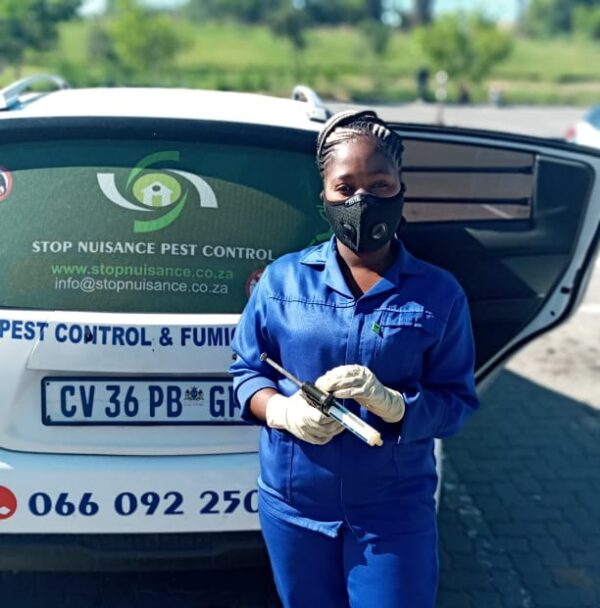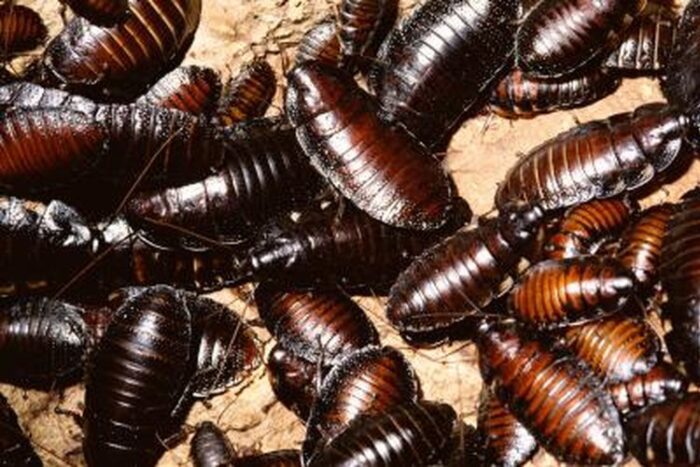Cockroaches are one of the most resilient insects on the planet. They have been around for over 300 million years and can survive harsh conditions that most other insects cannot. One aspect of cockroaches that fascinates many people is their social structure and reproduction. Specifically, many wonder – do cockroaches have a queen?
The answer is yes, certain species of cockroaches do have a queen. Cockroaches display a range of social structures, from solitary to highly communal. The most social species live in organized groups and do have a single female or queen that is central to the colony’s reproduction and survival.
Table of Contents
Which Cockroach Species Have Queens?
The most common cockroach species that form centralized colonies with queens are:
– German Cockroaches: This small light-brown cockroach species often infests homes and restaurants. German cockroach colonies contain hundreds of individuals centered around one reproductive female.
– American Cockroaches: These large, reddish-brown roaches live in sewers and damp basements. Their colonies also have a single queen with hundreds of offspring.
– Australian Cockroaches: This light brown species nests outdoors in tropical climates. Their colonies contain up to 50 followers controlled by one dominant queen.
– Oriental Cockroaches: The jet-black oriental cockroach forms the largest colonies of all cockroach species. Their queens can produce up to 150 offspring per month.
What Makes a Cockroach Queen?
Cockroach queens are physically distinguished from other colony members. They are larger in size and weight due to their constant egg production. Queens also have a wider abdomen and additional fatty deposits to support reproduction.
Queens exert control through pheromones – chemical scent signals that induce certain behaviors in other cockroaches. The queen’s unique pheromone signature forces the female offspring in her colony to remain non-reproductive to eliminate competition. This allows the queen to continue her sole dominance over reproduction.
The Lifecycle of a Cockroach Queen
Cockroach queens go through distinct lifecycle stages:
Baby Cockroaches Emerge: Cockroach nymphs hatch from eggs. They molt and shed their skin several times as they grow into adults. Nymphs do not reproduce.
Maturing into Adulthood: Eventually nymphs molt into mature adult roaches. The adults develop wings and become capable of reproducing, specifically the females.
Selecting a New Queen: When a cockroach colony’s queen perishes, the adult females will battle for dominance. The victor earns the position of queen through aggression and pheromone signaling.
The Queen Reproduces: As the colony’s new leader, the queen mates with male roaches. She repeatedly lays fertilized egg sacs housing up to 150 offspring each.
Long-Lasting Queen Control: A cockroach queen survives 2-3 years while devoted to nonstop reproduction. She releases pheromones regulating her colony and lays up to 300 eggs monthly to rapidly expand colony size.
Why Are Cockroach Queens Important?
The queen is essential to the organization and survival of communal cockroach colonies. Without her, the colonies would lose their cohesion and ability to grow. Here is why queens matter:
– She is the only female that reproduces, allowing her genetics to be passed down. Without the queen, the colony’s reproduction would halt.
– Her pheromones control the behaviors and movements of the colony. They dictate when offspring can reach maturity and in what directions they spread.
– Queens produce such a high volume of offspring that the colony can rapidly expand in size even if many nymphs die.
In essence, the queen conserves the colony’s genetics, pheromonal identity, and high reproductive rate – everything needed for their group expansion and survival. This is why killing the queen is often the most effective way to destroy these clustered cockroach formations.
Interesting Facts About Cockroach Queens
Cockroach queens display fascinating behaviors and adaptations that allow them to effectively rule their colonies:
– If the queen dies unexpectedly, worker cockroaches may prop up her emptied body to maintain the illusion of her survival. This prevents the colony from descending into chaos without her pheromonal leadership.
– Most cockroach queens only mate once in the beginning stages of adulthood. They then continue reproducing from that initial fertilization for the rest of their 2-3 year lifespans.
– Queens often release a repelling scent when their bodies are grasped that causes other roaches to recoil and release her. This prevents the colony from involuntarily killing her.
– In certain roach species, if two queens happen to be present in the same colony, they will duel to the death with their sharp leg spikes until only one victor remains.
– Cockroach queens can survive extreme conditions like decapitation for several days until they succumb. Their durable bodies protect them as the colony’s pivotal ruler.
In summary, among the most highly social species of the cockroach world, specialized reproductive females do exist to birth and nurture the colony. These queens use chemical messaging and physical adaptations to wield absolute control for as long as they live. Their presence is critical for large roach formations to thrive and expand across habitats. So next time you see a swarming group of roaches, know that there is likely one queen pulling the strings deep in their bustling masses!

With over 5+ years of experience in pest control and a PhD in Entomology, our author brings a blend of scientific knowledge and practical expertise to Pestifier.com. Passionate about creating pest-free environments, they provide effective tips and strategies for managing and preventing pest infestations. Connect on Facebook for the latest updates and insights.

